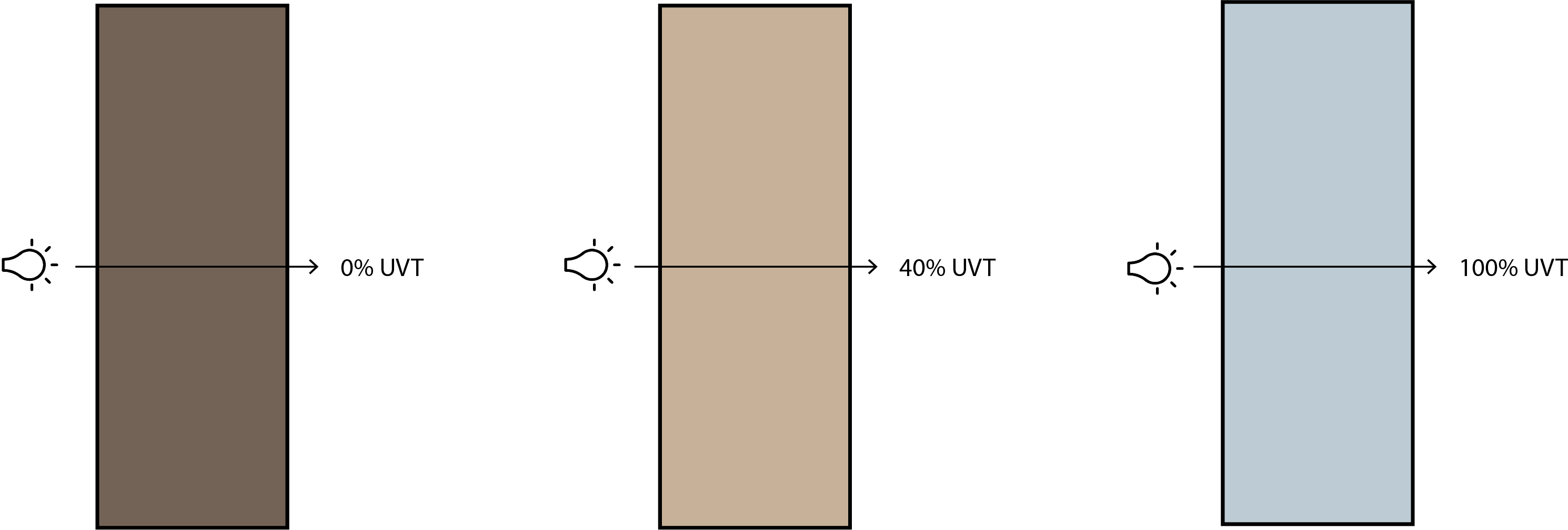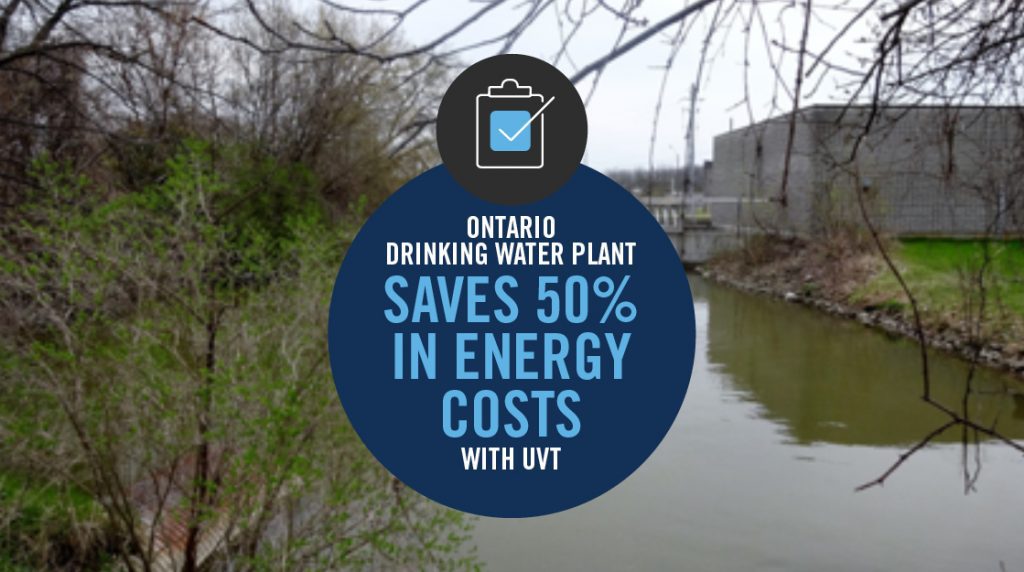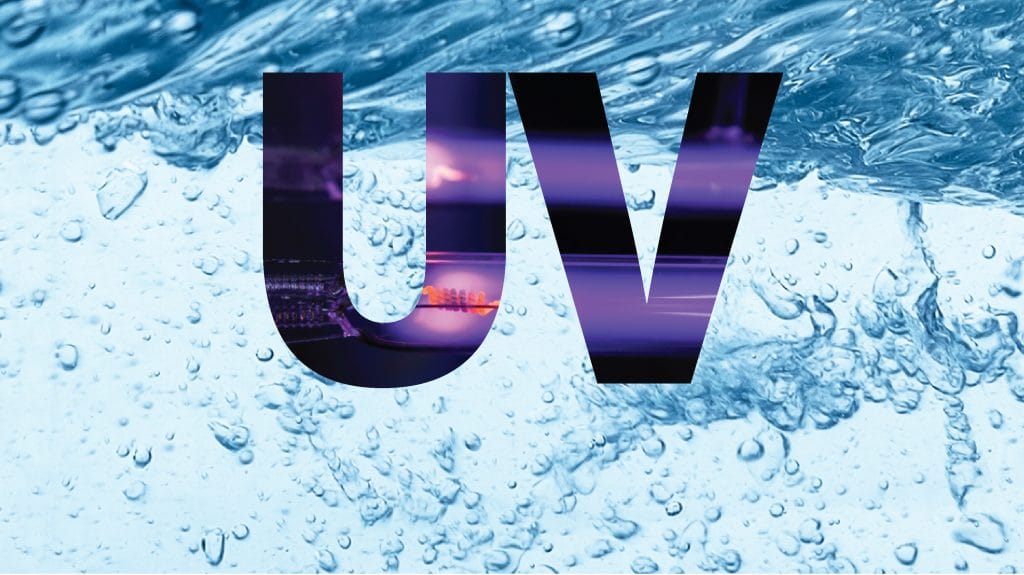WHAT IS UVT TESTING?
Ultraviolet transmission or UV transmittance (UVT) is a water quality measurement. The method works by measuring the amount of UV light, typically at 254 nm, that is able to pass through a water sample of a given path length. It is defined as the ratio of the intensity of light after passing through a water sample (l) to the intensity of light at the source (l0), expressed as a percentage:
UVT will be different for different path lengths. Because the UV transmittance varies with path length and the concentration of matter, the UVT is usually expressed with the assumption that a 1 cm path length is used so that the UVT provides a measure of matter in the water independent of path length.
When light passes through the water sample, any substances present will absorb or scatter the light. Therefore, a sample with a high concentration of substances will have a low UVT and a sample with a low concentration of substances will have a high UVT. A pure water sample, such as deionized (DI) water, will have a UVT of 100%. The below image further illustrates this relationship.
APPLICATIONS FOR UV TRANSMITTANCE (UVT)
UVT is an important measurement for the UV disinfection process. UV disinfection is a treatment process where UV light is used to inactivate pathogenic microorganisms in water or wastewater. Understanding water quality conditions and the capacity of UV light able to penetrate the water via UVT enables the system to determine the UV dose or lamp output settings require for proper disinfection of the water.
UV Transmission varies over time and from site to site as it is related to the quantity of organics, colloidal solids and other material in the water which absorb and scatter the UV light as it passes through the water column.
In a UV disinfection system, if the UVT of the water is low, then the UV light is not able to penetrate the water as effectively, thereby reducing the potency of the dose. For this reason, it is very important to monitor UVT and ensure its levels are maintained above the manufacturer’s minimum for proper disinfection to occur.
It is also useful prior to the installation of a UV disinfection system to determine the expected UVT water quality range for design purposes.
HOW CAN YOU MEASURE UVT?
Real Tech’s instruments come in a variety of forms for the different application requirements including portable test meters, bypass cabinet analyzers and submersible probes.
To learn more read our UV Transmittance 101 article.
________________________________________________________________________________________________________________________
RELATED POSTS
CASE STUDY: UVT ANALYZER HELPS WTP SAVE 50% IN ENERGY COSTS
CASE STUDY: ACCURATE AND RELIABLE UVT FOR NEARLY A DECADE
THE IMPORTANCE OF UV TRANSMITTANCE FOR UV DISINFECTION APPLICATIONS




